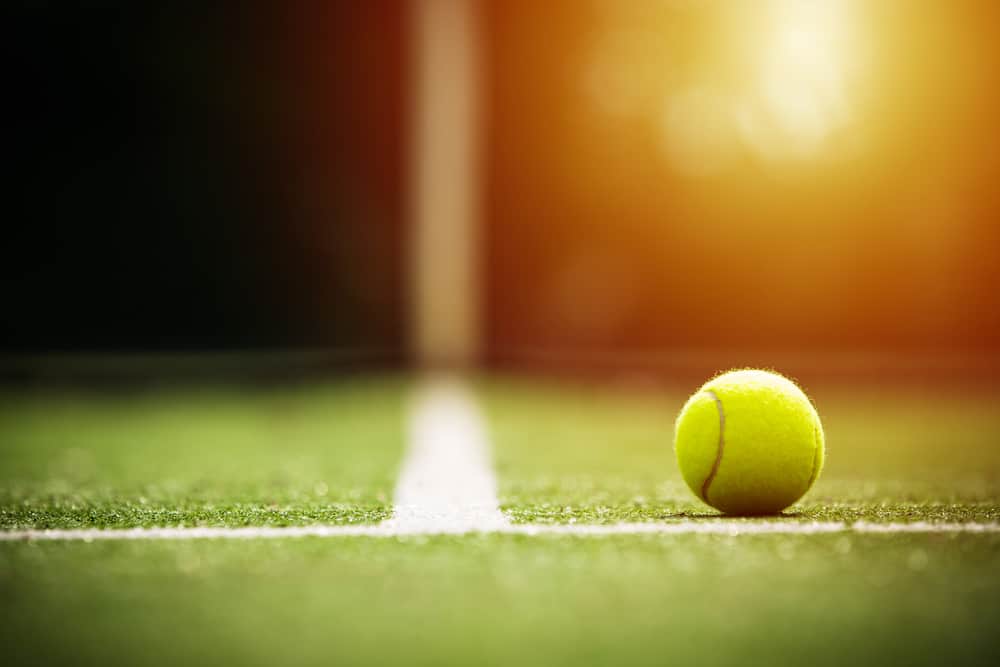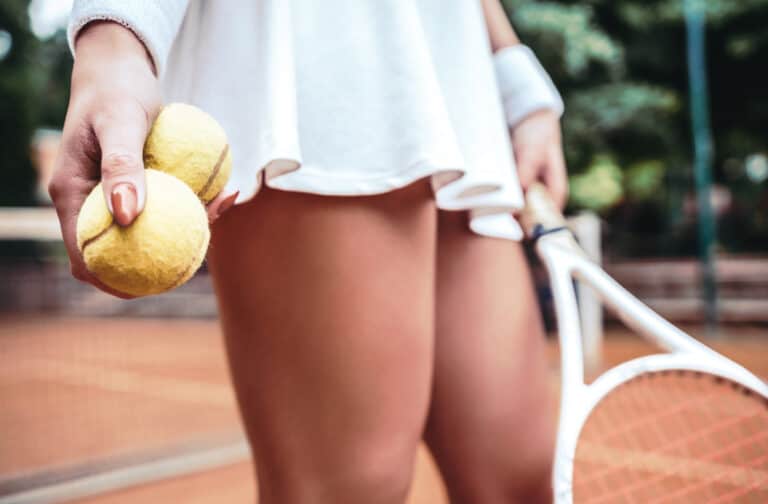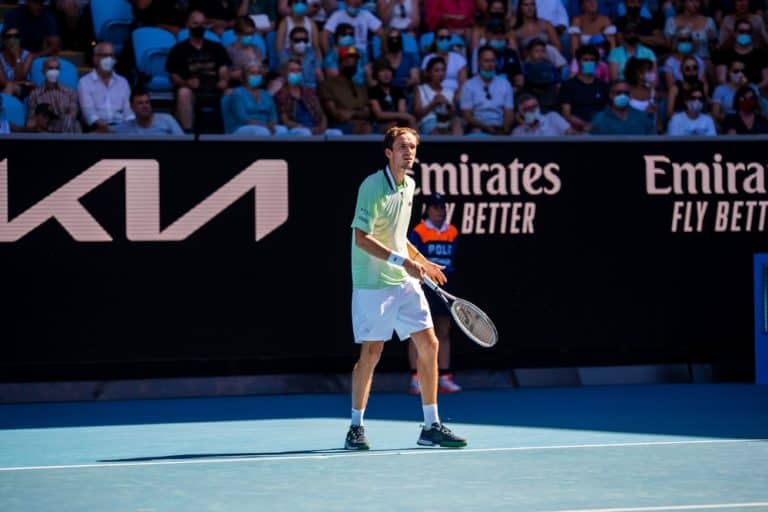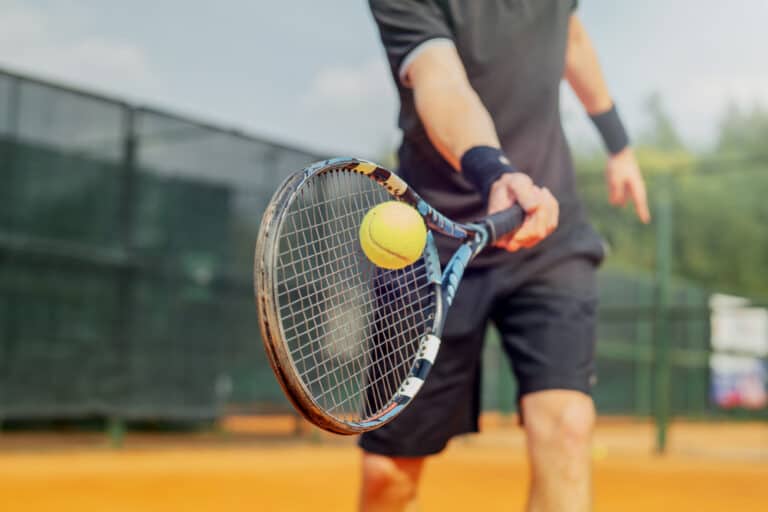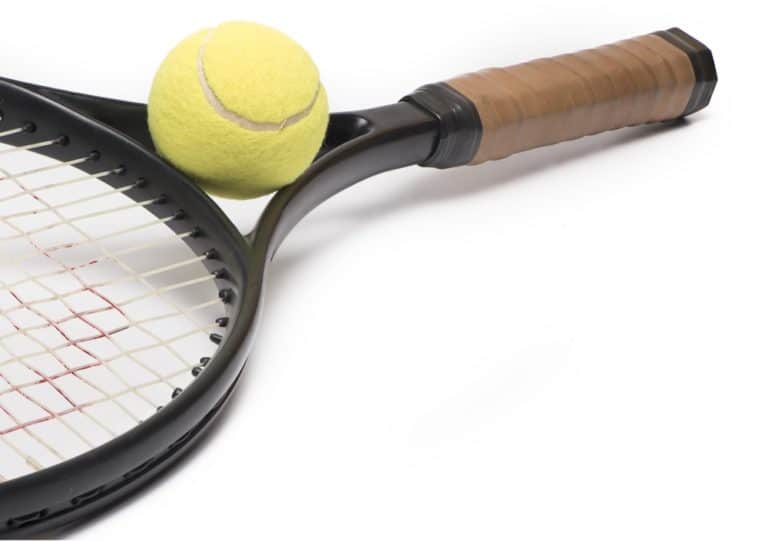Why Are Tennis Balls Pressurized?
Tennis balls may seem simple enough, but they are not. Instead, much research and development has been poured into figuring out the best weight and diameter for a tennis ball. Also, getting the ball to bounce in a certain way requires some ingenuity. So, why are tennis balls pressurized?
The pressure inside the tennis ball gives it more bounce. If it weren’t for the pressure, tennis matches would not be as interesting to watch, but also, the players would struggle to get down to the ball constantly. The pressure also helps the pop when the ball hits the racket.
Great athletes will always understand what there is to know about their equipment, so it is good that you are doing this research. However, I also understand that some people are just curious, so in this article, I will talk about everything there is to know about tennis balls and why they are pressurized.
Why Are Tennis Balls Pressurized?
Okay, so why are tennis balls pressurized? Well, it’s pretty simple. Pressurization helps keep the ball bouncy and round, which is crucial for a tennis game. Without the correct air pressure, the ball wouldn’t bounce as well and would be harder to play.
Another reason tennis balls are pressurized is that they travel faster through the air. This makes the game more exciting and challenging for players. Think about it, a faster ball means you have to react quicker, and it can make the game more intense.
Pressurization also helps keep the air inside the ball from escaping over time. Tennis balls are made of rubber and felt, which can become porous over time. So, pressurizing the ball helps keep the air inside, which means the ball will maintain its shape and bounce for longer.
Lastly, pressurization also helps control the amount of spin on the ball. The pressurized air inside the ball creates more friction with the racket strings, which allows players to add more spin to the ball.
Are All Tennis Balls Pressurized?
Not all tennis balls are pressurized. At the same time, some that are pressurized aren’t really up to standard. For example, many factories make knockoff tennis balls that are great for recreational tennis, but the pressure dissipates quickly if they have any.
To ensure that you get proper tennis balls with adequate pressure, I recommend only choosing reputable brands. Otherwise, you can judge for yourself when you buy a can of tennis balls whether or not there is enough pressure; this is all down to feel.
Pressureless tennis balls do exist. However, pressureless tennis balls are primarily made for practice, as they can often withstand much more of a beating than regular pressurized tennis balls.
A tennis ball with no pressure is made differently and is often a lot heavier but feels dead when hit back and forth with a racket. It also does not have the same bounce as a regular tennis ball.
High Altitude Vs. Normal Tennis Balls
Not all pressurized tennis balls are the same, even if they come from the same batch; let me explain: Some tennis balls are better in high-altitude environments, while others are better at low altitudes.
As the altitude increases, so does air pressure. Therefore, tennis ball manufacturers must consider air pressure wherever they sell their products.
A ball made for high altitudes will have a slightly higher pressure and be somewhat larger than other balls. It all balances out in the end.
How Long Do Pressurized Tennis Balls Last?
Tennis balls are changed regularly in competitive matches as they tend to take a beating. However, for recreational tennis players, I have found that a tennis ball can last up to two weeks if you play twice a week however, but his advisable to get a new can of tennis balls every month if you play regularly.
It is important to remember that a tennis ball can go bad in various ways, and it’s not all about the pressure. To get a better idea, here are a few examples of how a tennis ball can go bad:
- Loss of pressure
- Lesions
- General wear and tear
A loss of pressure occurs naturally and over time. For example, the minute you take a tennis ball out of its can, this pressure loss will start happening. However, the pressure loss for recreational players won’t affect them even a few months after opening the can. On the other hand, competitive tennis players will notice a difference much sooner.
The loss of pressure is accelerated when the ball is used. Every time it bounces on the ground and gets hit with a bat, it loses more and more pressure.
Lesions happen when the ball is used on an imperfect surface. Therefore, it is advisable never to bounce your ball on standard concrete; instead, wait until you get to the court before you start playing with it. Remember, the pressure will escape even if the ball has a tiny lesion.
General wear and tear are unavoidable, and as mentioned at the beginning of this section, you should replace your can of tennis balls once a month if you play regularly.
What Is Inside A Pressurized Tennis Ball?
A tennis ball comprises a rubber core, the felt outer layer, and pressurized air inside. The rubber core is made from a rubber compound designed to be durable and bouncy.
One of my good friends told me that old tennis balls used to have something inside of them that, when hit for the first time, releases pressure. Well, I don’t know how true that is because I have cut a few tennis balls open in my time.
When cutting a tennis ball open, you will find nothing. This is because the pressure in the ball would have escaped the second you made a hole in the ball.
What Happens If A Tennis Ball Loses Pressure?
As mentioned, a tennis ball loses pressure over time; this is natural, and unless you keep it in a pressurized box, nothing can be done to stop it. That said, what happens once the ball does lose enough pressure? Let’s take a look:
- A tennis ball feels a lot softer once it loses pressure. Recreational players only feel it when it is too late. However, athletes can feel the difference in pressure almost right away.
- The bounce will change. It does not magically go away. Instead, the ball will bounce lower, and playing tennis with that ball will become more challenging.
- The ball loses pop when it comes off the racket. See, every tennis racket has a sweet spot, and getting the ball to hit that area of the racket is a skill however, if the ball loses enough pressure, you negate the sweet spot.
- Still speaking about rackets, each hit will require more power if the ball has lost pressure, but you still won’t be able to get the same power transfer from the racket to the ball.
The pressure in a tennis ball plays a massive role in how the ball behaves. Without it, hitting the ball does not feel the same at all. It almost feels as if you are hitting a dead ball.
How To Test The Pressure Of A Tennis Ball?
I know that it sounds silly, but the first thing you can do to test your tennis ball is to feel it. It would be ideal if you had another fresh tennis ball to teach yourself the difference between one that has lost pressure and one that has not.
The best way to test whether or not your tennis ball has lost pressure is to do the drop test. Now, I have said that you shouldn’t use your tennis ball on cement or concrete, but to do the test, you would need to.
You want to drop the ball onto a smooth concrete surface and see how far it bounces; you might need a second person to do this.
According to regulation, tennis balls must bounce at least 53 to 58 inches (4.4 to 4.8 feet) in the air when dropped from 100 inches (8.3 feet).
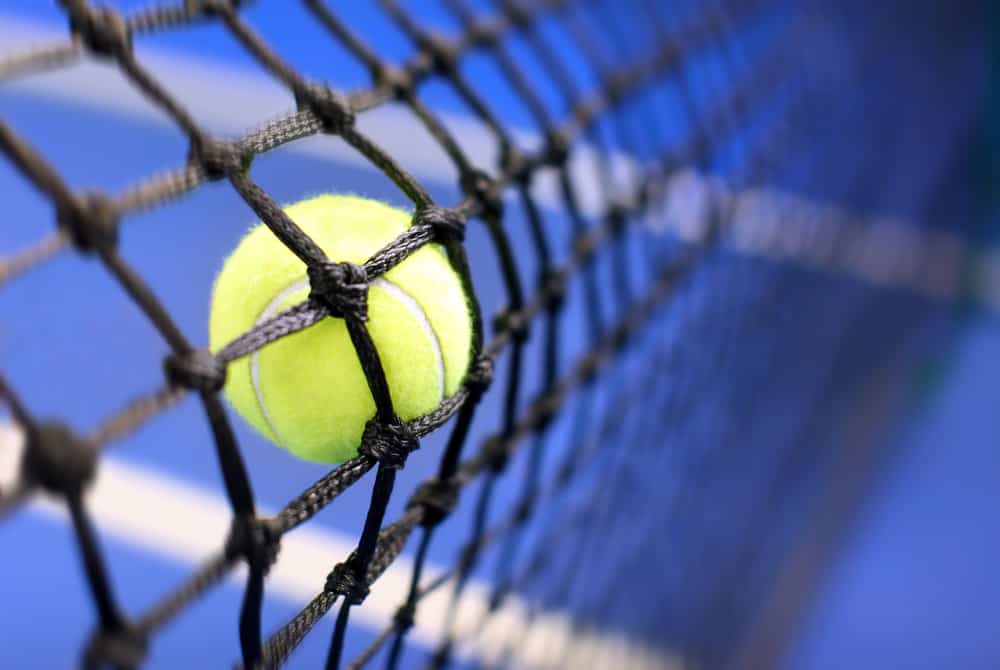
Which Is Better? Pressurized Or Pressureless Tennis Balls?
The general consensus is that pressurized tennis balls are the best overall balls. However, they do have a few flaws, which include the following:
- They do not last very long.
- Pressurized tennis balls lose pressure naturally.
- Once they start going bad, they become almost impossible to play with.
Because they are relatively inexpensive, these issues are not so bad. So, what about pressureless tennis balls?
Recreational tennis players will get away with using pressureless tennis balls, but they are too stiff in competitive matches, even if they meet the bounce requirement.
Pressureless tennis balls are best used for practice, especially if you use a practice wall. Using a pressureless tennis ball on a practice wall means you don’t have to use your regular tennis balls. Remember, pressureless balls are much more resilient, and practice walls can cause quite a bit of damage.
Why Are Tennis Balls In Pressurized Cans?
Tennis balls come in pressurized cans, keeping them fresh and bouncy for as long as possible. When a tennis ball isn’t used, it can lose air, making it not bounce as well or lose its shape. Keeping the balls in a pressurized can ensures they stay at the perfect air pressure, so they’re ready to play with when you are.
Another cool thing about those pressurized cans is that they protect the balls from the elements. Humidity, moisture, and other things in the air can degrade the rubber on the ball over time. But, when they’re sealed tight in the can, they’re protected and can last longer.
Lastly, It’s a good indicator for the consumer to know if the balls are still good to play with; if the can is not pressurized anymore, it’s probably a sign that the balls inside have lost air and are no longer suitable for play.
How Long Do Unopened Pressurized Tennis Balls Last?
If you plan on playing tennis regularly over a long period, it might seem tempting to buy a few cans of tennis balls so that you don’t have to stock up well constantly, it is a good idea, but you might want to do some math so that you don’t overstock.
Even if the cans are unopened, they still have a shelf life. You can expect a sealed can of tennis balls to stay pressurized for 1 1/2 to two years. Again, I need to emphasize the fact that the cans must remain closed.
Once pressure escapes the can, it will slowly start to seep out of the tennis balls, and I can think of nothing worse than taking three balls to court and opening the can only to find that all three balls have lost pressure.
Do Pros Use Pressurized Tennis Balls?
Professional tennis players use whichever ball is designated for their league. These tennis balls are typically pressurized. It’s important to remember what we discussed about high-altitude tennis balls.
Different tournaments use different balls; two of the most popular are Dunlop and The US Open by Wilson.
If a professional player is playing a match at a high altitude, they will use the associated ball.
Some professionals may use pressureless tennis balls when using a practice wall, but it is not very common. Remember, to them, it does not matter how many tennis balls they use in a day as long as they get their training in.
Tennis Balls: How Are They Pressurized?
Making tennis balls is quite a complicated process, but have you ever wondered how tennis balls become so bouncy? Well, it’s all thanks to a machine called a ball press.
The ball press is a giant air pump that pumps air into the rubber inside the ball, which gives it that bounce we all love.
The process is pretty simple: they put the balls in a chamber, pump it full of air, and ensure the pressure is just right.
Once the balls have the perfect amount of air, they are taken out and put in those pressurized cans you see at the store.
Best Alternative Top Pressurized Tennis Balls?
Almost all reputable tennis ball manufacturers have a few pressureless ball options; However, the Wilson Trinity Pro is by far my favorite. It comes as close to a pressurized ball as possible while having the durability of a pressureless ball.
If you’re looking for a more budget option, Penn has a wide range of options; however, in my experience, these balls are best suited to practice walls only.
There aren’t any other options available, at least that I know of, except pressurized and pressureless tennis balls.
Conclusion
In a nutshell, pressurizing tennis balls is essential for the game of tennis. It helps keep the ball bouncy, makes it travel faster, keeps the air inside, and controls the spin. So next time you play a game of tennis, remember to thank the pressurized ball for making it more exciting.

